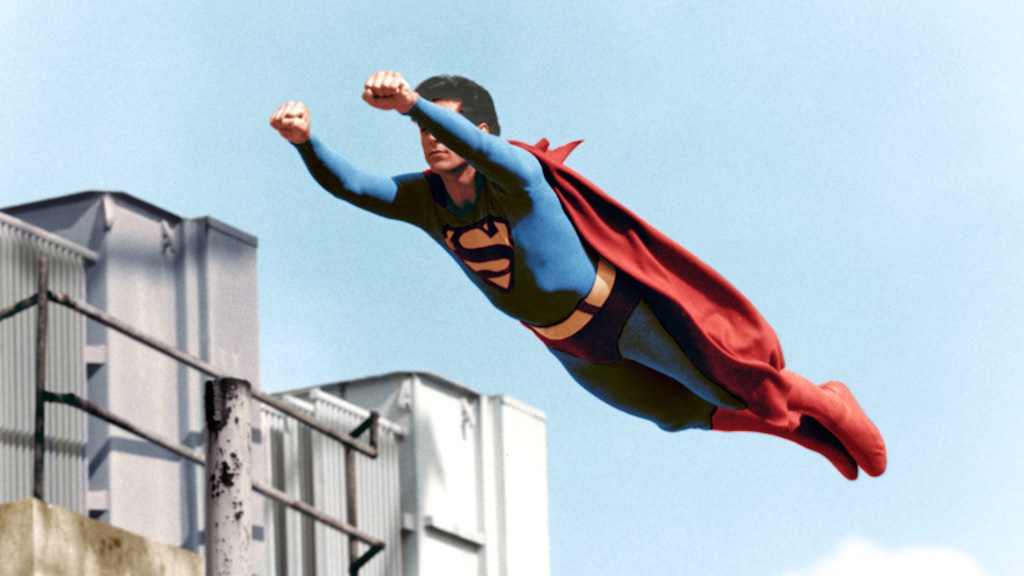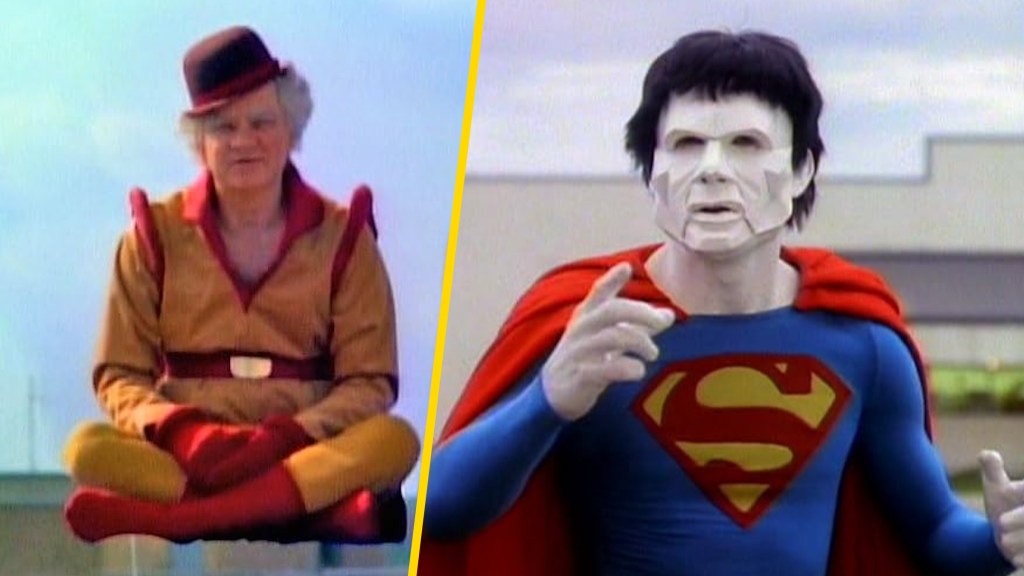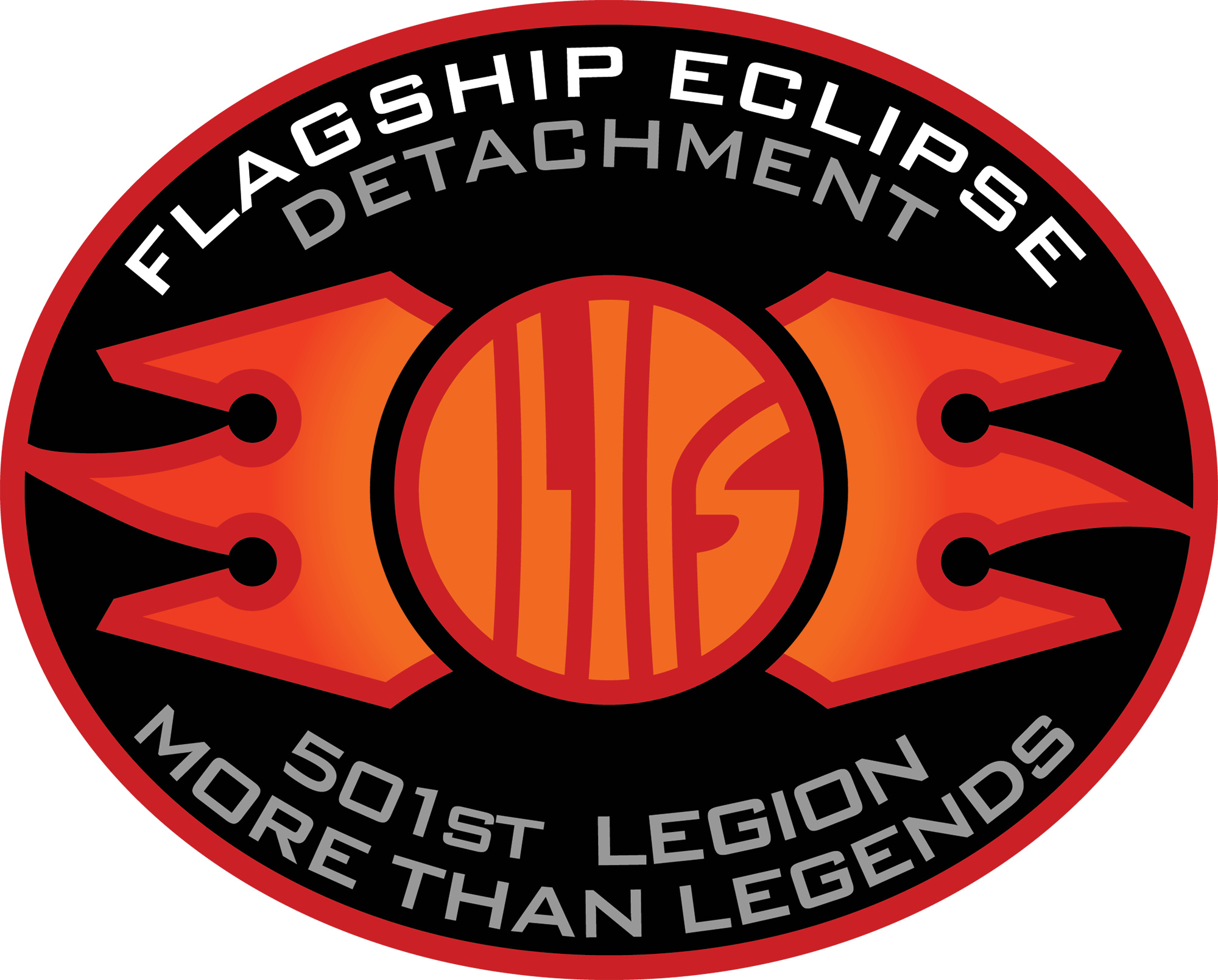
Superman has been a television star for over 70 years, starring in more than a dozen series, both live-action and animated, and making cameos in over a dozen more. One of Kal-El’s starring vehicles depicted a teenage Clark Kent facing off against new incarnations of classic Superman villains while attempting to court high school sweetheart Lana Lang. Somehow, despite running for multiple seasons and receiving decent reviews, the show in question has largely faded from the public consciousness. We’re talking, of course, about Superboy.
We know, we know — you were expecting us to say Smallville. While the 2001 series certainly fits that description, Superboy got there over a decade earlier. But despite sharing a similar premise and boasting the first live-action appearances of some of Superman’s biggest adversaries, Superboy failed to make the same impact on the DC fandom as Tom Welling’s WB melodrama.
The story behind this forgotten chapter in Superman’s television history begins, surprisingly, with his big-screen adventures.
You Will Believe a Boy Can Fly

Superboy was conceived as a way for the father-son producing team of Alexander and Ilya Salkind to capitalize on the Superman license in a manner that didn’t involve the Big Blue Boy Scout directly. In the early ’70s, Alexander and his son Ilya leased the rights to produce film and television projects based on the Superman franchise. After two wildly successful films, 1978’s Superman: The Movie and its 1980 follow-up, Superman II, as well as the less-than-stellar Superman III, the Salkinds decided to test the waters with a Superman adjacent film, Supergirl.
The 1984 film did as well as you would expect a female-led action movie not starring Aliens or Terminators to do in the ’80s, resulting in the duo selling the Superman movie rights to the Canon Group. The deal was for Superman only, however, it left related properties like Supergirl and Superboy in the Salkinds’ hands. When syndication giant Viacom expressed interest in a series about a young Superman, the wheels for Superboy were set in motion.
We’re Not in Kansas Anymore

Unlike Smallville, Superboy didn’t take place in the character’s Midwest hometown, but rather in a small town in Florida, where Clark Kent (John Haymes Newton), love interest Lana Lang (Stacy Haiduk), and best friend T.J. White (Jim Calvert) attended Shuster University, named after Superman co-creator Joe Shuster. The decision to set the show in Florida rather than Kansas was largely due to the series’ real-life shooting location.
Superboy was the first weekly TV series to shoot at the newly constructed Disney/MGM Studios in Orlando. While the show would remain in Florida for its duration, production of the second, third, and fourth seasons would move to Disney competitor Universal Studios Florida. The fact that any DC property would be produced whole or in part at Disney — the future owners of DC’s biggest rival, Marvel — feels slightly ironic in hindsight.
One benefit of the Salkinds producing Superboy is that the title character got to wear a suit virtually identical to the one worn by Christopher Reeve in the Superman films. The producers were also able to utilize the same flying effects developed for Christopher Reeve to make Superboy’s flights look more believable, especially by television standards. Unfortunately, all of the wonderful special effects knowledge gained from Superman’s time in Hollywood couldn’t be utilized to its full potential until halfway through the show’s first season.
Metallo, Mxyzptlk, and Bizarro, Oh My!

Superboy‘s initial 13 episodes are rather barebones compared to everything that followed. Not knowing if Viacom would order any more episodes beyond those first 13, the producers tried to save money where they could. This resulted in a more character-based series, focusing mainly on Clark Kent and T.J. White — nephew of Daily Planet editor in chief Perry White — covering stories for their college newspaper. When Superboy did show up, it was to thwart realistic criminals, such as drug dealers and mob bosses. Lex Luthor appeared as well, but as more of a general nuisance than a legitimate threat.
When Viacom ordered another 13 episodes to round out Season 1, the Salkinds enhanced the show’s special effects and began introducing more fantastical elements to the series. This continued into Season 2, which featured the first live-action portrayals of classic Superman foes Mr. Mxyzptlk, Bizarro, and Metallo, as well as Superboy-specific antagonist Yello Peri. Superboy also gave the Boy of Steel some original baddies to slap around, like Nick Knack (Gilbert Gottfried), a wisecracking genius who used toys to commit crimes.
Seasons 3 and 4 adopted a darker, more film noir tone, possibly inspired by the success of Tim Burton’s Batman, as well as a title change. Starting with Season 3, the series was retitled The Adventures of Superboy. Along with the new name, Season 3 brought some other changes, such as introducing the multiverse and switching Clark and Lana from college students to interns at The Bureau for Extra-Normal Matters. From then on, the show adopted a quasi-X-Files feel as The Bureau investigated various paranormal activities, including aliens like Superboy.
The Death of Superboy
Superboy was the rare show that only got better the longer it was on. By the fourth season, the series had some of the best visual effects on television, the ratings were good, and the Salkinds had no reason to believe it wouldn’t continue that way for the foreseeable future. And then Warner Bros. filed a lien against The Adventures of Superboy, killing plans for any future seasons or made-for-TV films.
As if that wasn’t bad enough, the show’s ownership being split between Warner Bros., Viacom, and the Salkinds kept the show from airing in reruns. This made the series inaccessible to fans and greatly contributed to the show’s current status as forgotten media. No reruns meant no new fans, severely impacting Superboy‘s legacy.
Warner Bros.’ reason for shutting down Superboy was twofold. For one thing, Superboy aired two years after DC reset their whole timeline with the Crisis on Infinite Earths comic book series. This event served to rewrite the history of the publisher’s most popular characters, including Superman.
One of the biggest changes DC made to the Superman mythos? The post-crisis version of Clark Kent never did any adventuring in his youth, meaning that Superboy no longer existed as a character. A desire to have their new continuity reflected across all media led DC to question the optics of a TV series featuring a Silver Age character that, for all intents and purposes, was dead in the comics.
In addition, Warner Bros. was in the planning stages of what would become the hit ’90s series Lois and Clark: The New Adventures of Superman. Believing their new series would have an easier time if it didn’t have to compete with a second live-action Superman show, Warner Bros. decided to take legal action to retrieve the television and film rights of all their Superman-related characters.
In return, the Salkinds would challenge Warner Bros. for the rights to their Superman characters, resulting in a protracted legal battle that wasn’t resolved until 2005, over a decade after The Adventures of Superboy was cancelled. The resolution would result in the series’ first season being released on DVD in time to coincide with the 2006 release of Superman Returns. Unfortunately, the second season of Superboy wouldn’t get a DVD release until 2012, with Seasons 3 and 4 following in 2013.
Ultimately, Superboy didn’t deserve its fate, and we’d like to think that somewhere out there is an alternate timeline where the series was allowed to flourish before coming to its own natural conclusion. If you’re a Superman completionist or just a fan curious about the more obscure corners of the character’s past, we recommend tracking Superboy down on DVD — though be warned, the seasons are only available individually, and like most used media, prices vary greatly depending on the seller. The series is also available for purchase through Prime Video and Apple TV
The post The ’80s Superman Series You’ve Never Heard Of appeared first on ComicBook.com.


